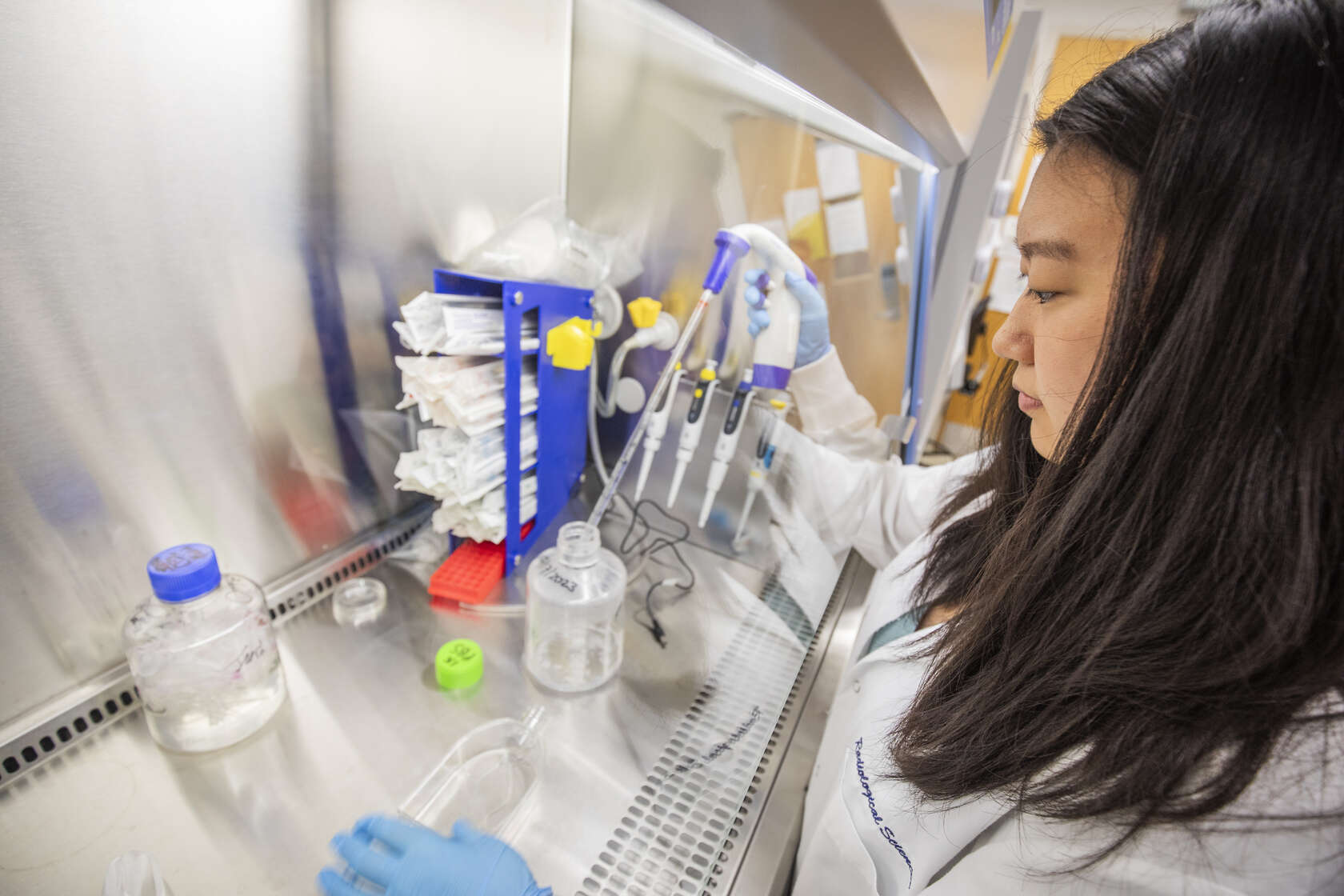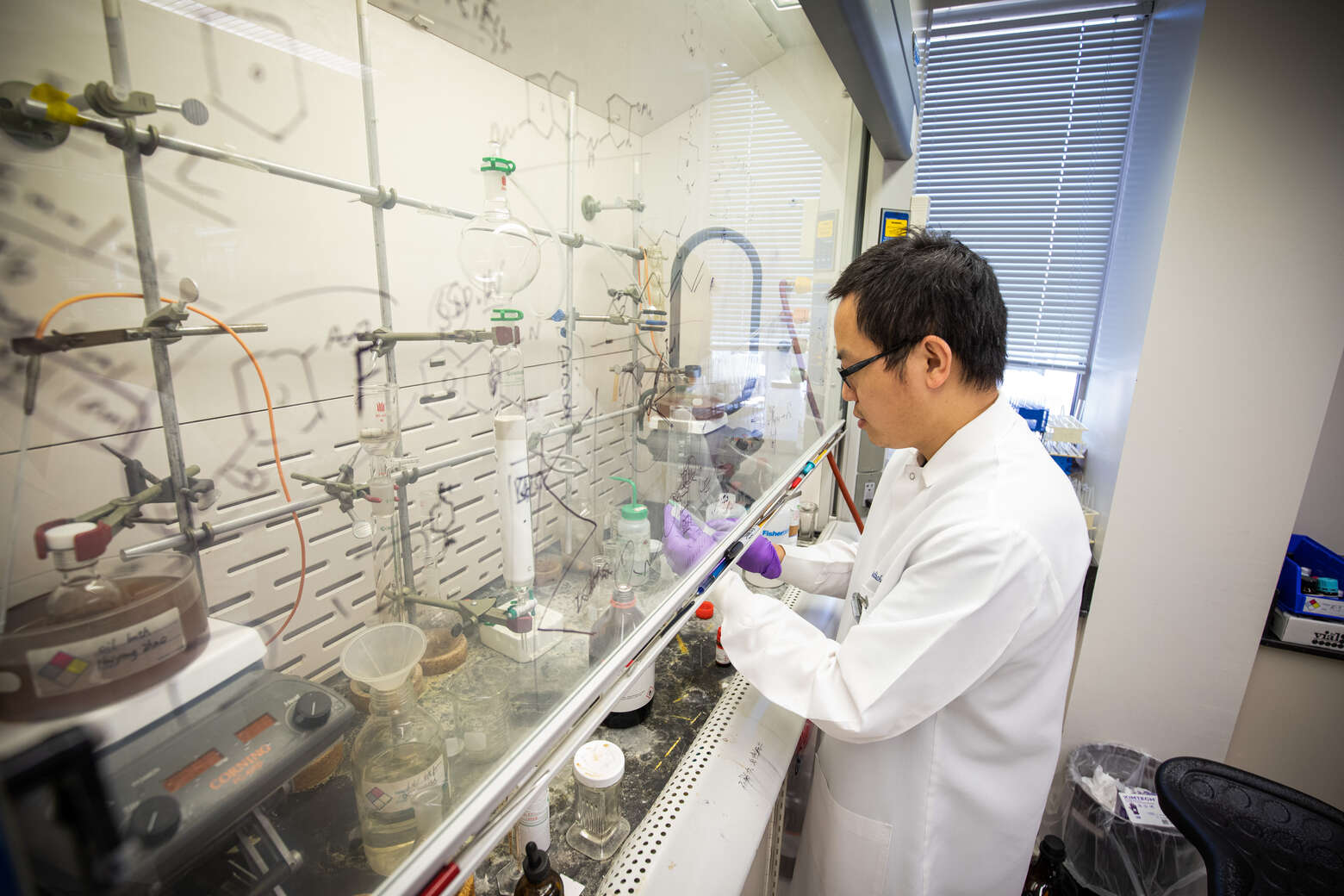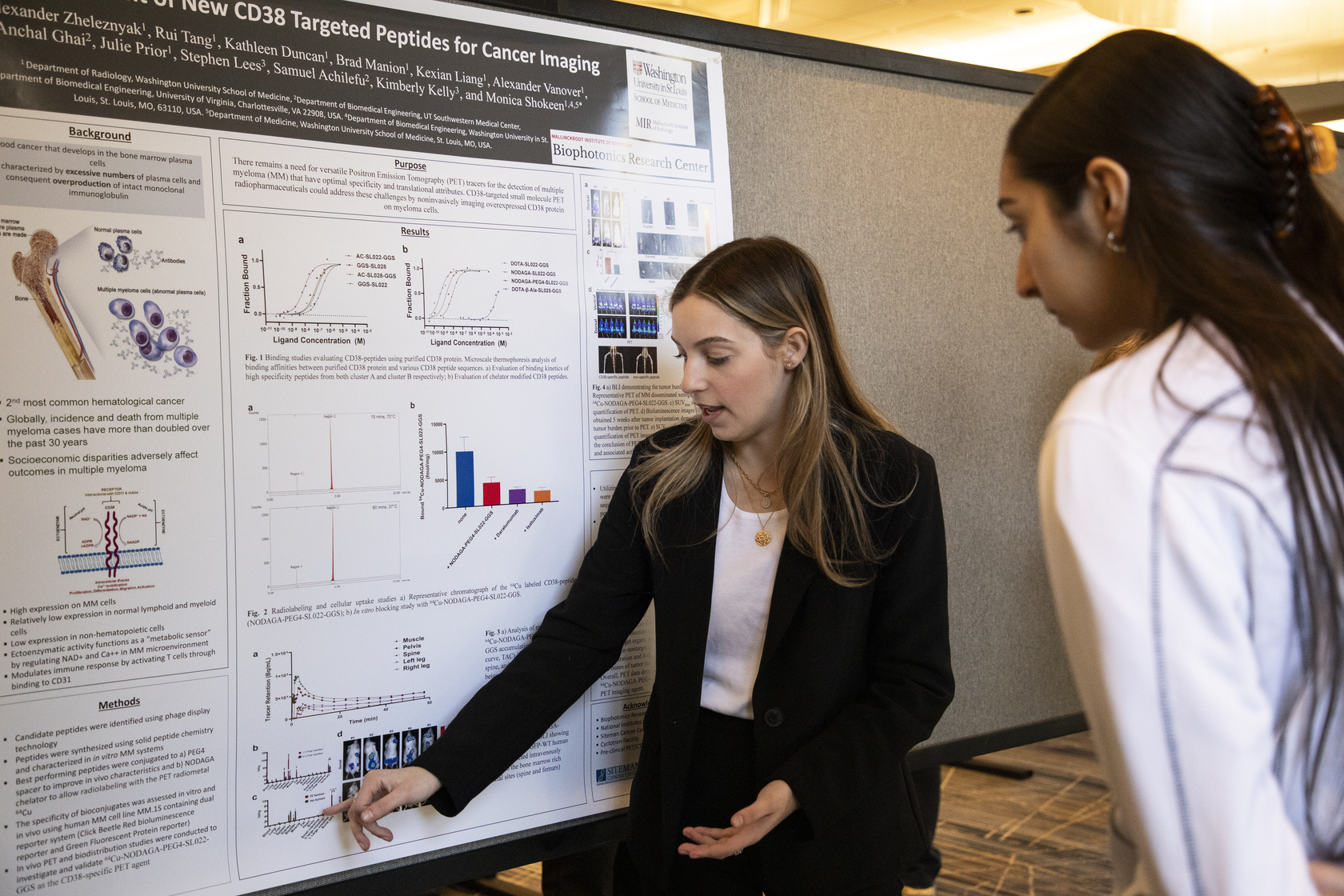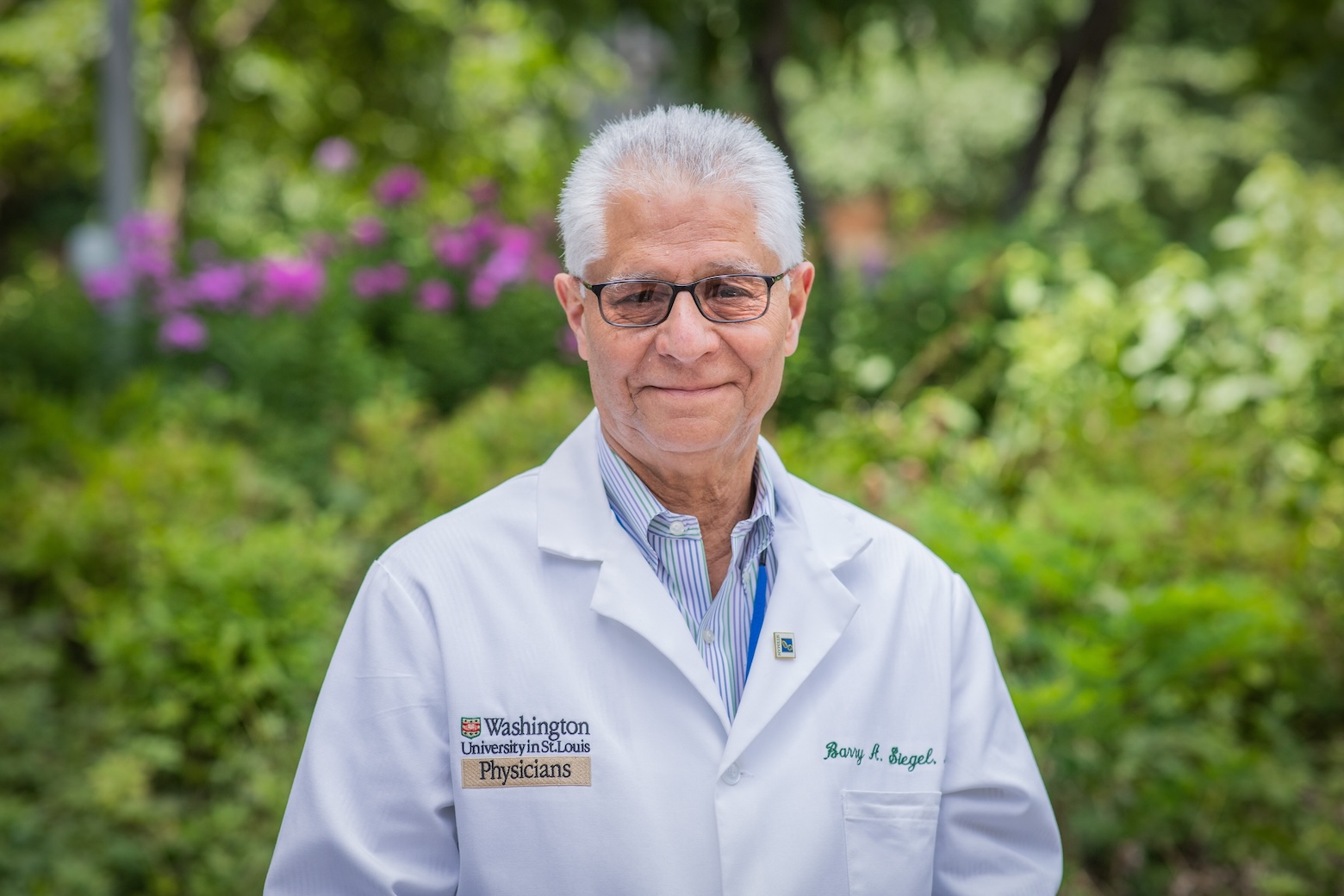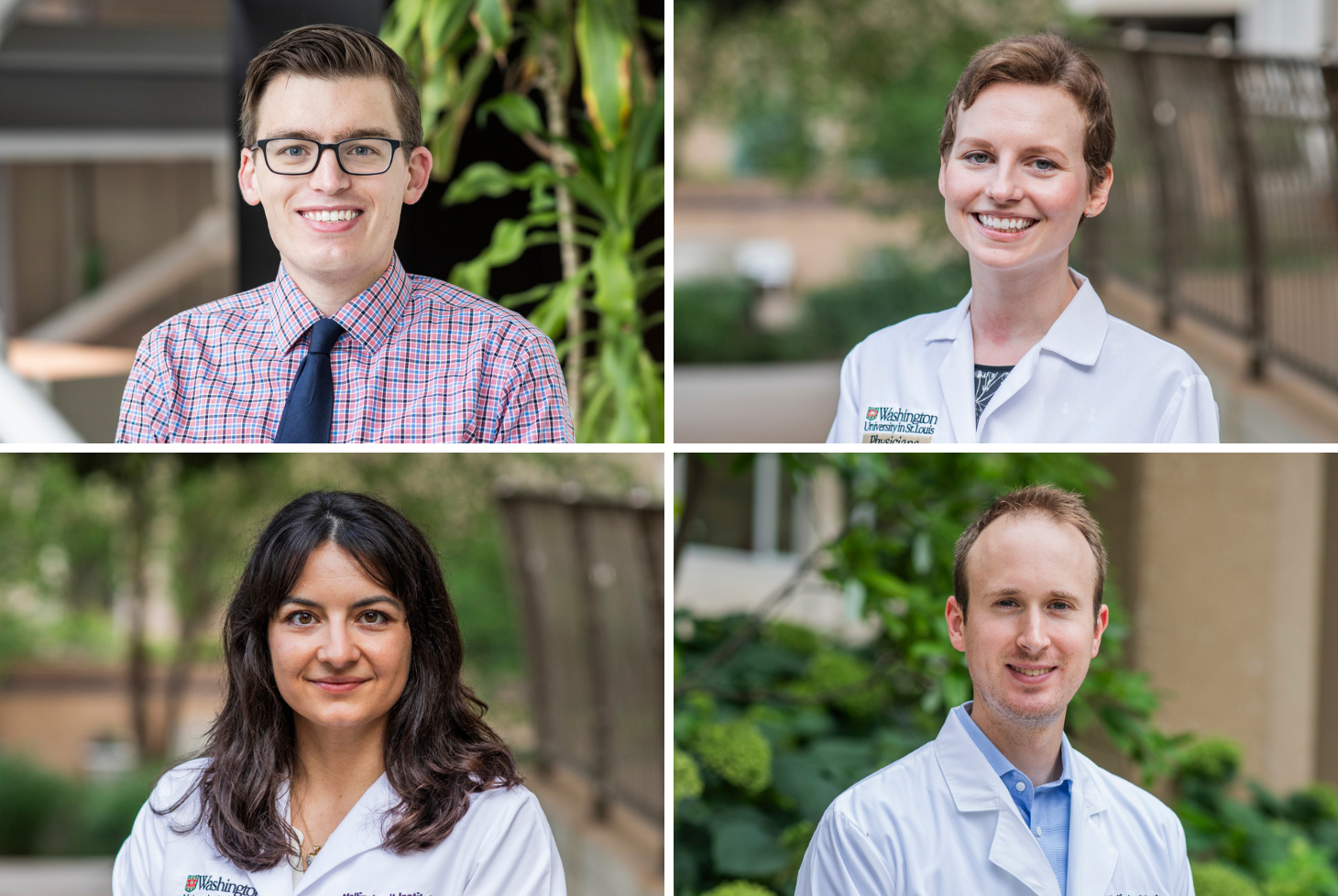Meet the Radiologist: Exploring the World of Cardiothoracic Imaging with Dr. Sanjeev Bhalla
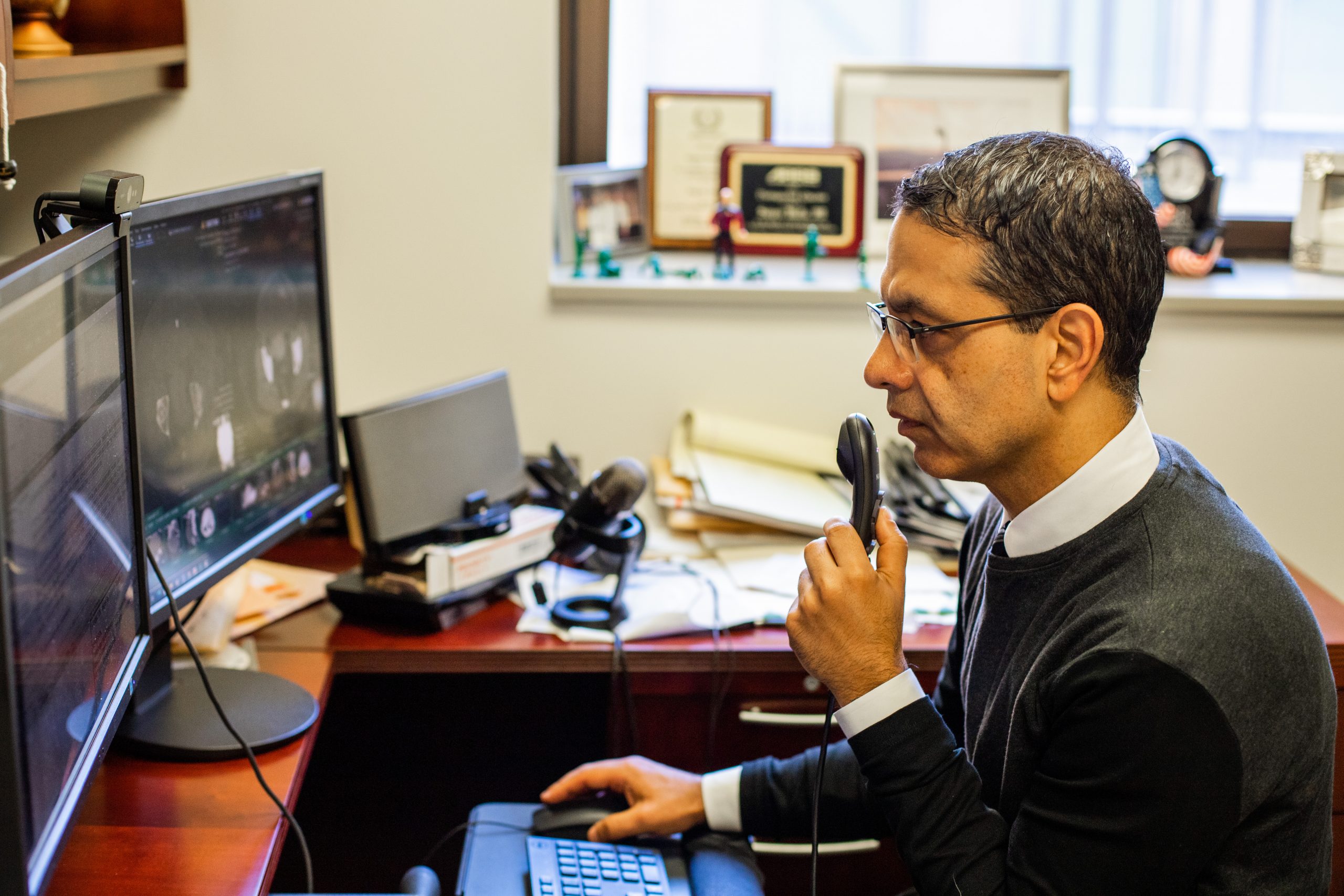
Sanjeev Bhalla, MD, is a professor of radiology for Mallinckrodt Institute of Radiology (MIR) at Washington University School of Medicine in St. Louis. A renowned educator, Bhalla serves as vice chair for education in addition to his clinical leadership role as chief of cardiothoracic imaging.
In our Meet the Radiologist series, we get to know the clinicians providing their imaging expertise and often serving as the foundation of treatment planning across all specialties. Bhalla shared his path to finding his passion in radiology, what makes cardiothoracic imaging so exciting, and the breakthroughs transforming the specialty.
Why did you choose radiology as your specialty?
I faced a dilemma in medical school. I loved every specialty but didn’t find one for which I had a strong passion. Then one day, my friend’s mom (a radiologist who knew me very well) asked me what I was going into. She helped direct me to radiology, and I never looked back.
What’s your favorite aspect of specializing in cardiothoracic imaging?
Cardiothoracic radiology is a very nonspecific specialty that requires a basic fund of knowledge, but also an understanding of the clinical context and a bit of finesse. What makes our specialty so exciting is the ability to help take a nonspecific finding and turn it into a diagnosis of relevance. We have the ability to significantly impact patient care and take great pride in sharing approaches with our trainees.
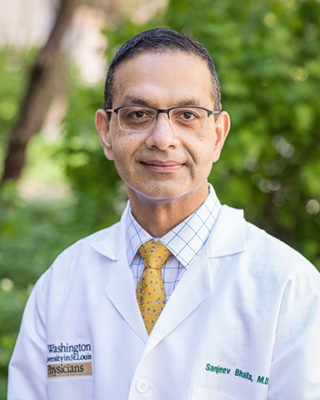
What’s an exciting clinical development in your field?
CT angiography has been an amazing game-changer in cardiothoracic imaging. Whether it be the aorta, pulmonary arteries or coronary arteries, we have been able to minimize invasive procedures and help direct therapeutic and surgical interventions.
What do you think differentiates MIR from other radiology providers?
We take great pride in being part of a team. We see ourselves as radiology consultants who work to significantly impact care in a timely fashion. In the words of my predecessor, Dr. Stuart Sagel, we are continually trying to answer the question, “How can we positively impact the care of the patient behind the image?”
Anything else we should know about you or your clinical work?
We are one of the biggest, most diverse cardiothoracic sections in the country. I am very proud that we have expertise in cardiac and thoracic radiology. This combination of expertise allows us to make diagnoses that often would be overlooked or undiagnosed. I am very proud of my team and honored to be the section chief of such an accomplished group.

